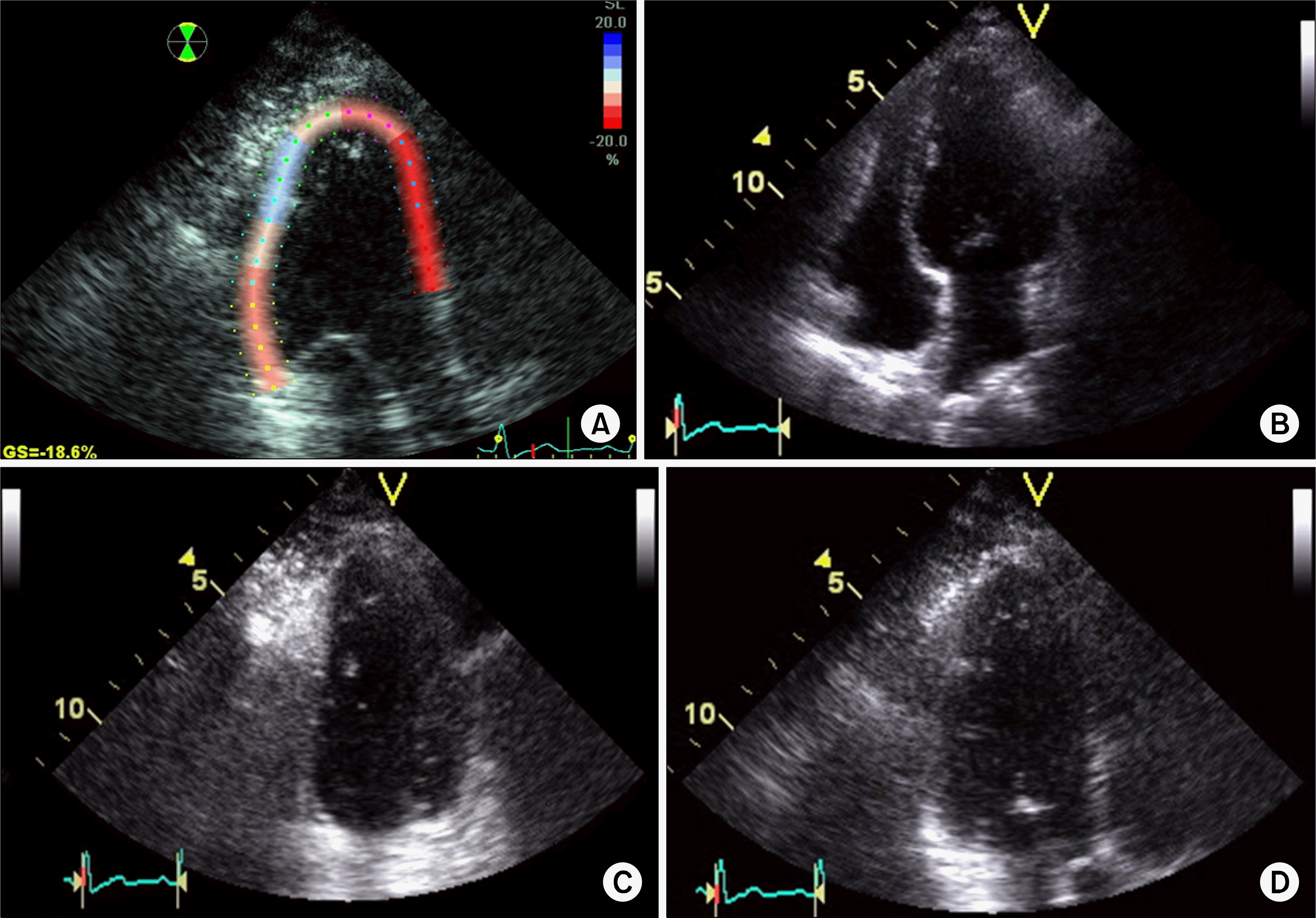1. Wolfe F, Smythe HA, Yunus MB, Bennett RM, Bombardier C, Goldenberg DL, et al. The American College of Rheumatology 1990 Criteria for the Classification of Fibromyalgia. Report of the Multicenter Criteria Committee. Arthritis Rheum. 1990; 33:160–72.
2. Pongratx DE, Sievers M. Fibromyalgia-symptom or diagnosis: a definition of the position. Scans J Rheumatol Suppl. 2000; 113:3–7.
3. Bradely LA. Pathophysiologic mechanisms of fibromyalgia and its related disoders. J clin psychiatry. 2008; 69(Suppl 2):6–13.
4. Furlan R, Colombo S, Perego F, Atzeni F, Diana A, Barbic F, et al. Abnormalities of cardiovascular neural control and reduced orthostatic tolerance in patients with primary fibromyalgia. J Rheumatol. 2005; 32:1787–93.
5. Naschitz JE, Rozenbaum M, Rosner I, Sabo E, Priselac RM, Shaviv N, et al. Cardiovascular response to upright tilt in fibromyalgia differs from that in chronic fatigue syndrome. J Rheumatol. 2001; 28:1356–60.
6. Naschitz JE, Rozenbaum M, Fields MC, Enis S, Manor H, Dreyfuss D, et al. Cardiovascular reactivity in fibromyalgia: evidence for pathogenic heterogeneity. J Rheumatol. 2005; 32:335–9.
7. Patten SB, Beck CA, Kassam A, Williams JV, Barbui C, Metz LM. Long-term medical conditions and major depression: strength of association for specific conditions in the general population. Can J Psychiatry. 2005; 50:195–202.

8. McEwen BS. Protective and damaging effects of stress mediators: central role of the brain. Dialogues Clin Neurosci. 2006; 8:367–81.

9. Wittstein IS. Acute stress cardiomyopathy. Curr Heart Fail Rep. 2008; 5:61–8.

10. Pavin D, Le Breton H, Daubert C. Human stress cardiomyopathy mimicking acute myocardial syndrome. Heart. 1997; 78:509–11.

11. Prasad A, Lerman A, Rihal CS. Apical ballooning syndrome (Tako-Tsubo or stress cardiomyopathy): a mimic of acute myocardial infarction. Am Heart J. 2008; 155:408–17.

12. Ablin JN, Beilinson N, Aloush V, Elkayam O, Finkelstein A. Association between fibromylagia and coronary heart disease and coronary catheterization. Clin Cardiol. 2009; 32:7–11.
13. Burckhardt CS, clark SR, Bennett RM. The fibromyalgia impact questionnaire: development and validation. J Rheumatol. 1991; 18:728–33.
14. Kim YA, Lee SS, Park K. Validation of a Korean version of the fibromyagia impact questionnaire. J Korean Med Sci. 2002; 17:220–4.
15. Mendoza TR, Wang XS, Cleeland CS, Morrissey M, Johnson BA, Wendt JK, et al. The rapid assessment of fatigue severity in cancer patients: use of the brief fatigue inventory. Cancer. 1999; 85:1186–96.
16. Richter P, Werner J, Heerlein A, Kraus A, Sauer H. On the validity of the beck depression inventory. Psychopathology. 1998; 31:160–8.

17. Buskila D, Neumann L, Vaisberg G, Alkalay D, Wolfe F. Increased rates of fibromyalgia following cervical spine injury. A controlled study of 161 cases of traumatic injury. Arthritis Rheum. 1997; 40:446–52.

18. Adak B, Tekeoğlu I, Ediz L, Budancamanak M, Yazgan T, Karahocagil K, et al. Fibromyalgia frequency in hepatitis B carriers. A. J Clin Rheumatol. 2005; 11:157–9.
19. Ablin JN, Cohen H, Buskila D. Mechanisms of disease: genetics of fibromyalgia. Nat Clin Pract Rheumatol. 2006; 2:671–8.

20. Blumenthal JA, Babyak MA, Moore KA, Craighead WE, Herman S, Khatri P, et al. Effects of exercise training on older patients with major depression. Arch Intern Med. 1999; 159:2349–56.

21. Rozanski A, Blumenthal JA, Davidson KW, Saab PG, Kubzansky L. The epidemiology, pathophysiology, and management of psychosocial risk factors in cardiac practice: the emerging field of behavioral cardiology. J Am Coll Cardiol. 2005; 45:637–51.
22. Pislaru C, Abraham TP, Belohlavek M. Strain and strain rate echocardiography. Curr Opin Cardiol. 2002; 17:443–54.

23. Gilman G, Khandheria BK, Hagen ME, Abraham TP, Seward JB, Belohlavek M. Strain rate and strain: a step-by-step approach to image and data acquisition. J Am Soc Echocardiogr. 2004; 17:1011–20.

24. D'hooge J, Heimdal A, Jamal F, Kukulski T, Bijnens B, Rademakers F, et al. Regional strain and strain rate measurements by cardiac ultrasound: principles, implementation and limitations. Eur J Echocardiogr. 2000; 1:154–70.
25. Pislaru C, Abraham TP, Belohavek M. Strain and strain rate echocardiography. Curr Opin Cardiol. 2002; 17:443–54.

26. Lee YA, Lee BH, Kang HS, Park JY, Choue CW, Song JS, et al. The change of tissue velocity and strain rate after exercise in patients with coronary artery disease. Korean Circ J. 2003; 33:590–8.
27. Ghiadoni L, Donald AE, Cropley M, Mullen MJ, Oakley G, Taylor M, et al. Mental stress induces transient endothelial dysfunction in humans. Circulation. 2000; 102:2473–8.

28. Rozanski A, Blumenthal JA, Kaplan J. Impact of psychological factors on the pathogenesis of cardiovascular disease and implications for therapy. Circulation. 1999; 99:2192–217.






 PDF
PDF ePub
ePub Citation
Citation Print
Print


 XML Download
XML Download